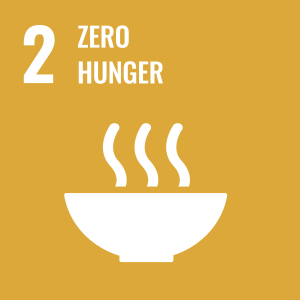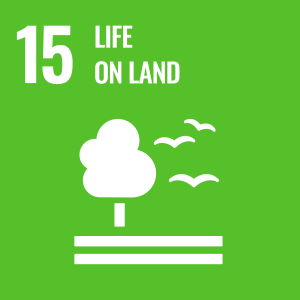Development of tools and actions to transfer knowledge among audiences that play crucial roles in implementing Law No. 12,651/12, better known as the Brazilian Forest Code.
Funders
- NORAD – Norwegian Ministry of Foreign Affairs
Partners
- Observatório do Código Florestal (OCF)
- Associação Amigos da Terra - Amazonia Brasileira (AdT )
- Instituto Socioambiental (ISA)
- Instituto de Manejo e Certificação Florestal e Agrícola (Imaflora)
- Instituto Centro de Vida (ICV)
- Instituto de Pesquisa Ambiental da Amazônia (IPAM)
- Centro de Inteligência Territorial/Laboratório de Gestão e Serviços Ambientais (CIT LAGESA)
- Associação de Preservação do Meio Ambiente e da Vida (Apremavi)
About the project

BVRio is a member of the Forest Code Observatory, a network of 40 civil society organizations created in 2014 to monitor the successful implementation of Law 12.651/2012, known as the Forest Code, strengthening the role of civil society in the defense of Brazil’s native vegetation.
The objective of the project is to contribute with solutions to the main obstacles to the implementation of the Brazilian Forest Code, which has the potential to eradicate illegal deforestation in Brazil, promoting a more sustainable economy. In this sense, BVRio has participated in the improvement of the Forest Code Monitoring Portal, increasing the transparency of information and fostering the engagement of the private sector. In addition, the organisation participates in multi-sector forums with audiences that are committed to zero deforestation and supports civil society mobilisation to raise awareness about the issue. Our role also includes designing strategies and prospecting for funds that encourage forest protection and reduce deforestation, especially for private properties with surplus Legal Reserves.
Expected impact
Environmental protection
Reducing deforestation and restoring degraded areas
Access to information
Transparency of information, especially on the regulation of Environmental Regularisation Programs
Engagement
Mobilisation of companies and credit institutions linked to agribusiness, facilitating dialogue and multi-sectoral cooperation.
Compliance Benchmark
Mapping of best practices to improve compliance with the Brazilian Forest Code
Forest Code Monitoring Portal

The Forest Code Monitoring Portal was developed by BVRio and linked to the Forest Code Observatory (OCF) to gather information and promote transparency in implementing the law.
The portal makes available the set of rules related to the Environmental Regularisation Program (PRA) for monitoring and comparison between the Federal States. It also provides access to tools that help farmers prepare the documentation for the Rural Environmental Registry (CAR), a nationwide electronic public registry mandatory for all rural properties.
The Portal also offers three information dashboards on how buyers and investors of agribusiness commodities verify the origin and impact of these products on Brazilian native vegetation. Tools and resources are available for the monitoring of compliance with the Forest Code by direct suppliers, which trace commodities from production to arrival at the final consumer. They are also helpful in encouraging companies to define their action and engagement plans with suppliers, considering the degree of compliance with the Forest Code.
In 2023, a third dashboard was launched to draw attention to rural properties that protect forests, and other natural ecosystems, above the minimum area required by the Forest Code. The ‘Forest Surplus’ dashboard shows 440 thousand properties covering the six terrestrial biomes in the country.

Information Dashboards
The dashboards promote transparency and a space for improving the criteria adopted by the private and financial sectors, strengthening and advancing the implementation of the law, as well as fostering dialogue and opportunities for responsible organisations and producers.

Private sector engagement dashboard
Demonstrates how companies are responsible for using natural resources and preserving forest areas, such as respecting permanent legal reserves and adopting practices that minimise negative environmental impacts.

Financial institutions engagement dashboard
It aims to bring transparency on how financial agents obtain and analyse information about compliance with the Forestry Code by their clients and how it influences the decision to grant rural credit.

Native vegetation surplus dashboard
Presents more than 440,000 rural properties with surplus native vegetation, i.e., properties with forests and other forms of vegetation over what the law requires. These areas add up to at least 59.3 million hectares of surplus native vegetation.
SDG Alignment








